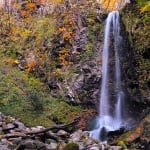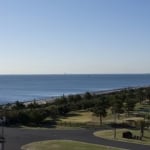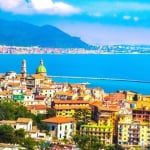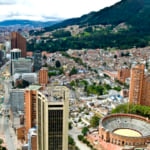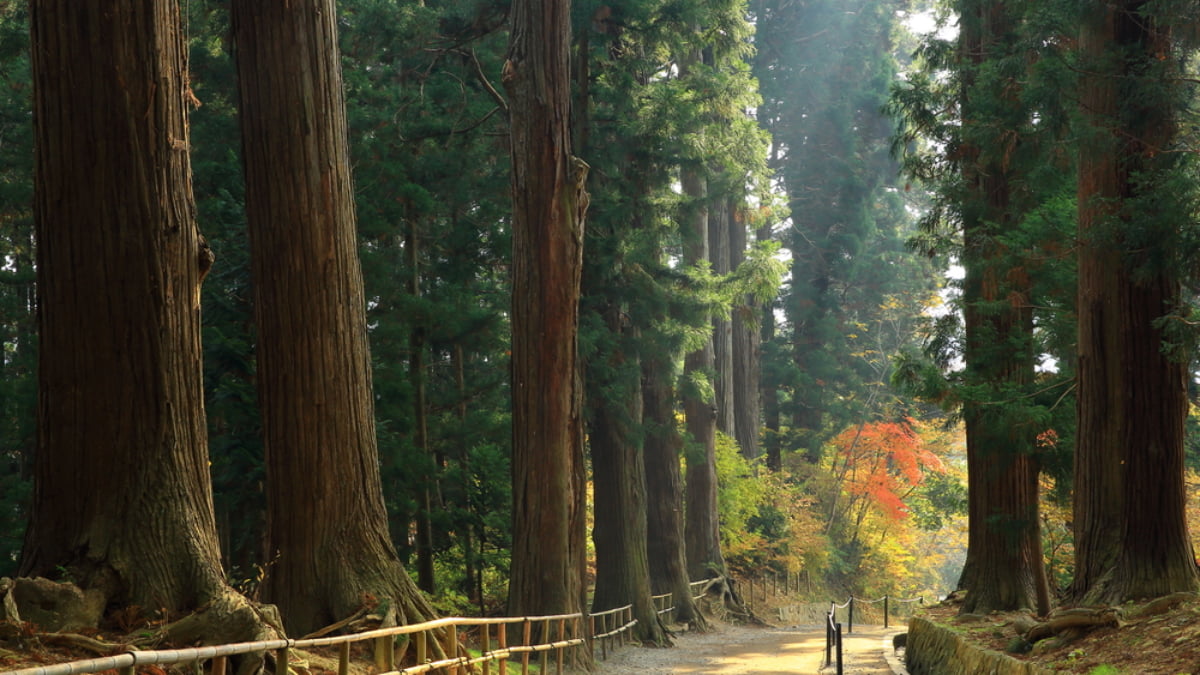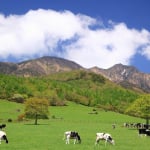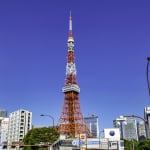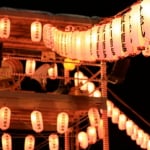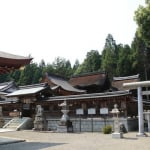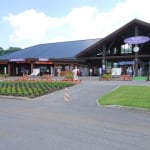Photo by yspbqh14/Shutterstock
The Top Things to Do in Iwate Prefecture
Japan's second-largest prefecture has so much to offer that it’s hard to resist planning a trip to this northern gem. With the bullet train running right through the center, getting there from Tokyo is quick and hassle-free. If you're coming from the south, most major cities have direct flights to Hanamaki Airport, which also connects to a handful of international destinations.
table of contents
[x] close
The Top Things to Do in Iwate Prefecture
Kitayamazaki Cliffs
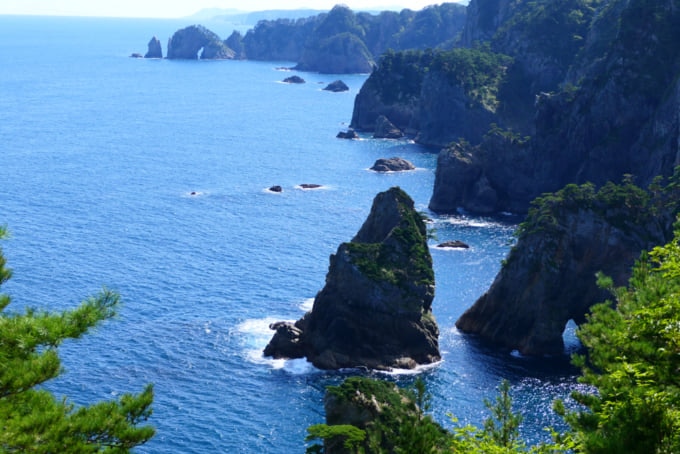
Photo by yoshimi maeda/Shutterstock
Sanriku, or Kitayamazaki, boasts a rugged coastline that's often called the "Alps of the Sea," thanks to its towering cliffs and jagged peaks rising dramatically from the ocean. Start at the Kitayamazaki Visitor Center, where a short stroll leads you to a viewing platform that opens up to awe-inspiring cliffside views. If you have some extra time, one of the coastal hikes is definitely worth it, offering plenty of chances to soak in the stunning scenery along the way.
Hachimantai
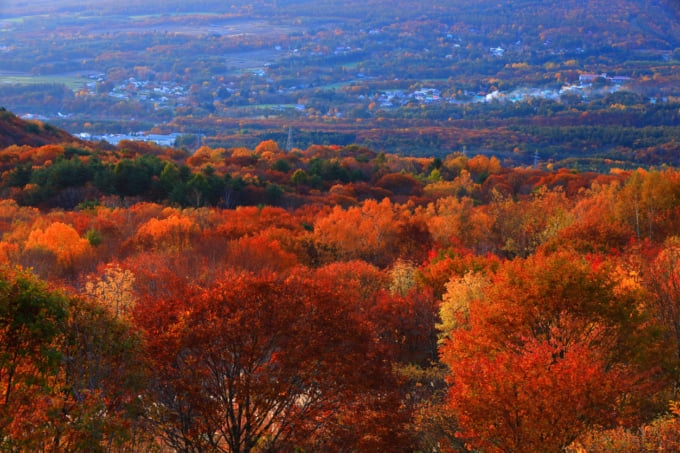
Photo by www.istockphoto.com
Hachimantai, tucked away in northern Iwate, is a nature lover’s paradise with its mountains, valleys, hot springs, and ski resorts. While the city itself may be quiet, the surrounding area is packed with scenic beauty and hiking trails. For an overnight stay, you can unwind at a hot spring town like Matsukawa Onsen or head to a ski resort like Shimokura Ski Area. The region is especially stunning in autumn, as the mountains come alive with vibrant fall colors, typically peaking in early October.
Hiraizumi
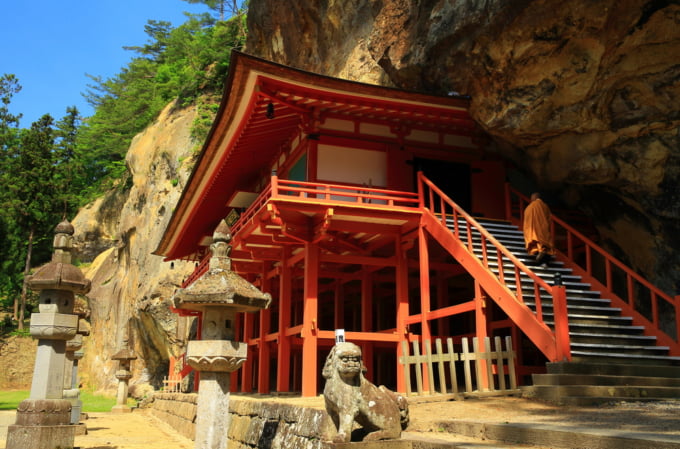
Photo by yspbqh14/Shutterstock
Once a thriving ancient city that rivaled even Kyoto, Hiraizumi faded into obscurity after its golden age ended in 1189. As the former northern capital, it’s home to a remarkable collection of temples and shrines from its glorious past. Among the must-see spots are Chusonji Temple’s Konjikido, a stunning pavilion covered in gold, and Takkoku no Iwaya, a one-of-a-kind temple built right into the side of a cliff.
Geibikei Gorge
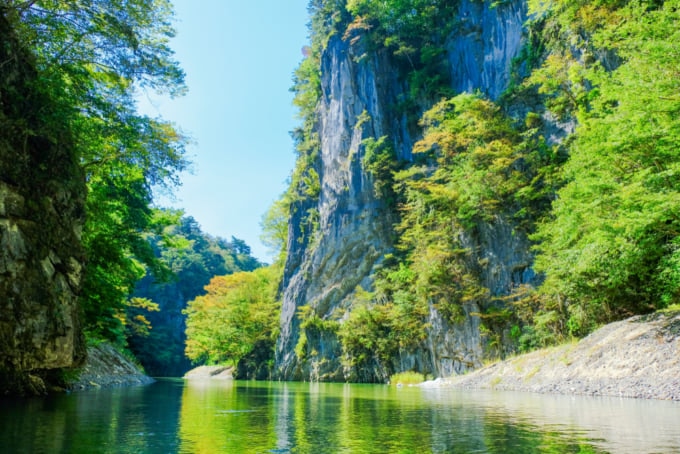
Photo by janken/Shutterstock
Another of Iwate's breathtaking natural wonders, Geibikei Gorge winds its way through the southern mountains of the prefecture. The dramatic rocky cliffs are best experienced on a boat ride along the river, which lasts about an hour and a half and costs 1,800 JPY per person. As you glide along, you'll encounter iconic sights of the gorge, including the famous "lion's nose rock," the namesake of this stunning landscape.
Jodogahama Beach
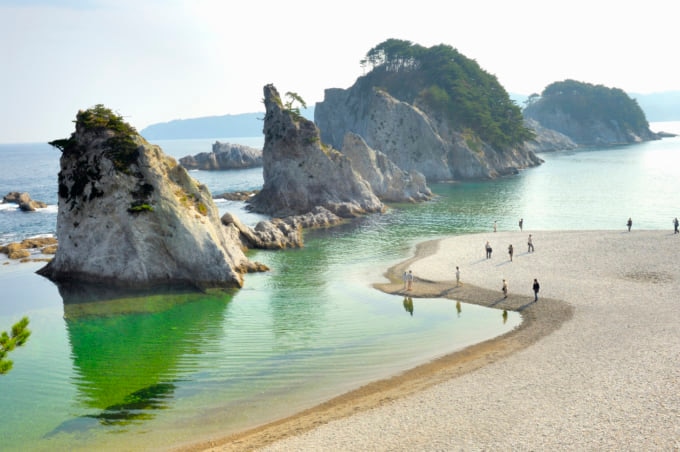
Photo by www.istockphoto.com
Further along the Iwate coast, Jodogahama Beach boasts the stunning azure waters you'd dream of in a perfect beach setting, but it’s the surrounding scenery that truly sets it apart. The shores of Jodogahama are adorned with dramatic peaks that rise majestically from the sea. To fully appreciate this breathtaking landscape, consider taking a boat tour to explore the jagged rocky islands that dot the coastline.
Morioka
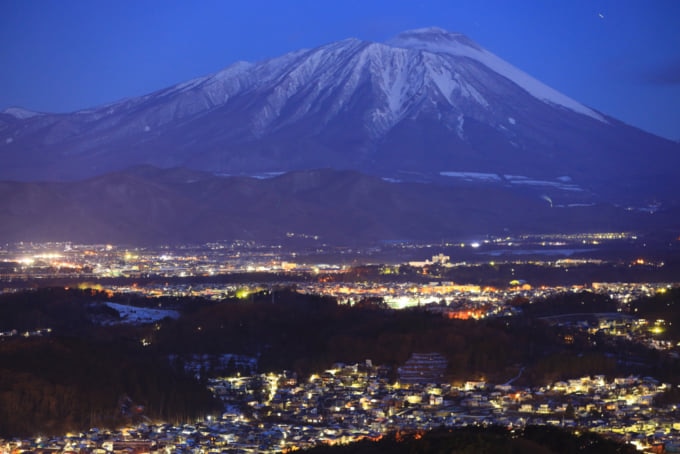
Photo by yspbqh14/Shutterstock
Nestled in the shadow of Mount Iwate, Morioka, the capital of the prefecture, is a charming stop that offers a wealth of experiences. This picturesque city, surrounded by stunning mountains and rivers, is famous for its "Three Great Noodles of Morioka." For food lovers passing through, trying these delectable dishes is a must. Wanko soba, Morioka reimen, and jajamen each offer a unique taste experience that will leave your taste buds wanting more.
Conclusion
Despite being one of the largest prefectures in Japan, Iwate sees relatively few visitors. However, this lesser-known gem offers a fascinating glimpse into the Tohoku region, showcasing some of the most breathtaking scenery in the country. Exploring Iwate provides an opportunity to experience the natural beauty and cultural richness that often go unnoticed by travelers.
